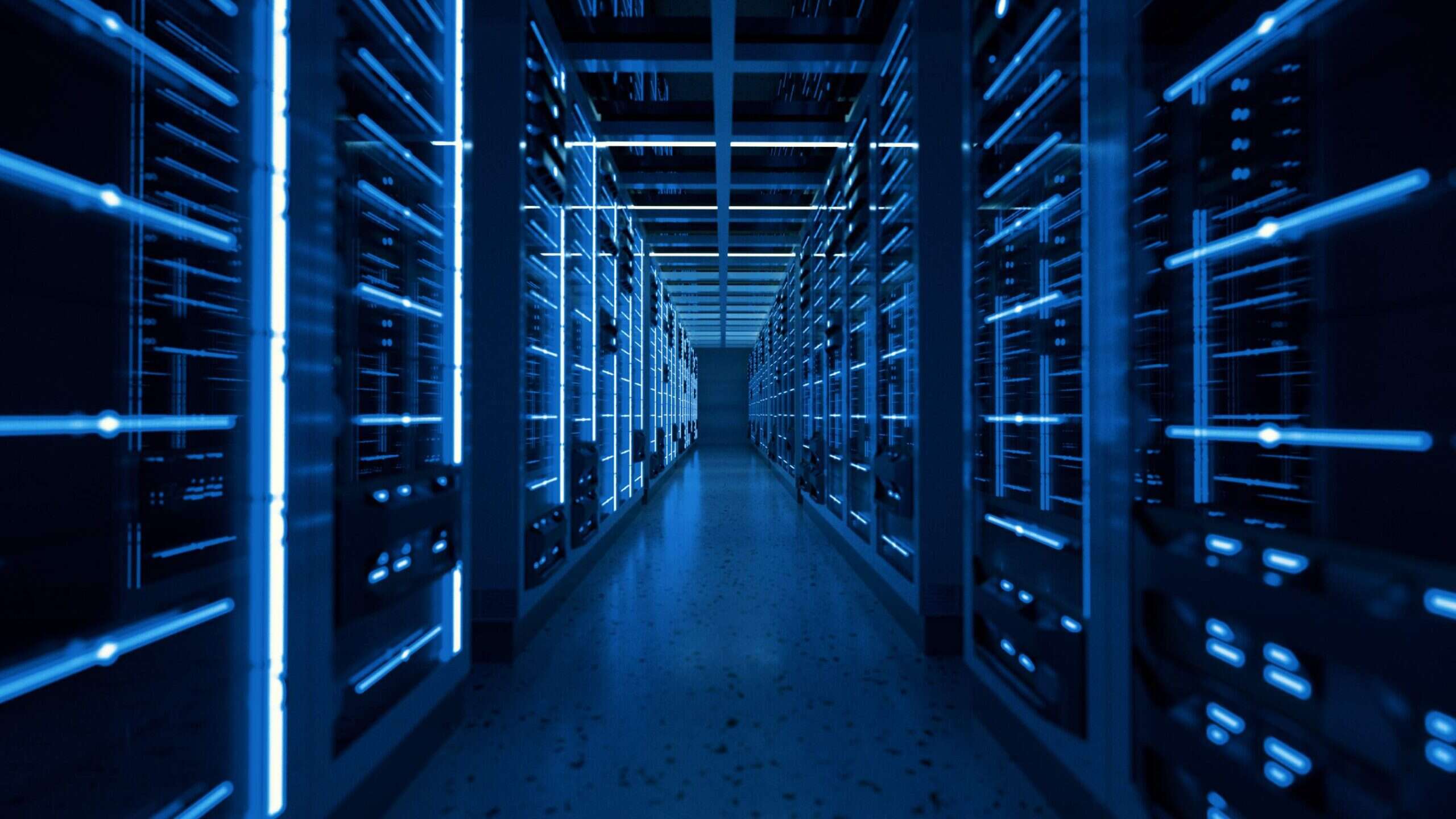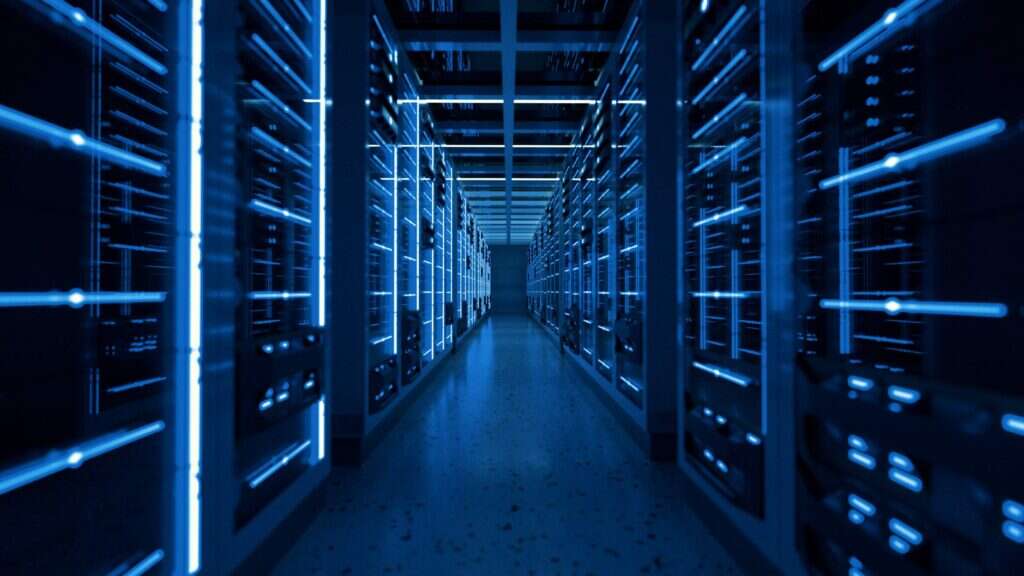
With the escalating ubiquity of generative AI, several CIOs have started optimising their IT systems to make the most out of the technology’s potential. Telecom giant AT&T implemented over 3,000 AI-powered bots to reduce repetitive tasks, and Delta Airlines uses AI IT operation management platforms to lessen the impact of disruptions on customers – among many other use cases, from healthcare to cybersecurity and finance.

However, with updates to IT environments comes the necessity for updates to IT infrastructure. Data centres struggle to keep pace with the benefits that AI can offer to companies big and small. Many of them have been optimised for AI usage to automate operations, improve resource management, enhance cybersecurity and achieve better service delivery.
Still, data centres cannot provide the resources needed to develop and implement AI applications at scale. This is why a new ecosystem is emerging: the AI factory.
What does an AI factory do?
AI factories, or AI data centres, are facilities designed to meet the specific requirements of AI, providing the infrastructure and resources to deploy complex AI-powered applications and models.
The purpose of AI factories is similar to that of data centres – and physical factories. In the same way factories generate products, AI factories produce intelligence, which can then be used to operate AI models and other assets as well as IT systems.
“AI factories streamline the production of AI models through standardised processes, enabling efficient scaling across industries,” Nina Abide, consulting director at Artefact, told Tech Monitor. “They encompass stages from data preparation to model deployment and leverage automation for speed and efficiency”.
A feature inherent to AI factories is the generation of intelligence. The centres process massive amounts of data to produce intelligence and update the systems they operate, or to create outputs including text, images, videos or audio content. The intelligence generated by AI factories can also be used as a command to control systems including robots or supercomputers.
In March 2024, Nvidia’s CEO Jensen Huang, speaking at the company’s GTC event, introduced the blueprint for AI factories, which he defined as places where raw materials would be turned into something valuable and new. “The raw material that goes in is data and electricity. What comes out of it is data tokens. The token is invisible and will be distributed all over the world. It’s very valuable,” Huang said, calling AI factories the homes of a “new industrial revolution”.
The AI factory approach for companies
As purpose-built facilities, AI factories allow for a comprehensive implementation of AI in an IT environment. These tailored data centres have the hardware and software essential to deploy generative AI into IT operations, improving efficiency, scalability and innovation.
For example, “AI factories can improve efficiency through process automation and workflow optimisation”, global director for manufacturing at Arcadis Martijn Karrenbeld told Tech Monitor. “One of the real benefits is the ability to lower operational expenses by simplifying the manufacturing processes. This allows for more organisational agility and scalability for future expansion, in turn bringing speed-to-market as a result”.
How does an AI factory work?
The idea behind AI factories is that they train AI models to generate intelligence. To do so, relevant data is fed into the computing system’s model so it can analyse the data and make predictions. If those predictions are accurate, the model becomes “trained” and can start performing desired tasks through AI inference processes.
AI factories require considerably more power, energy and cooling solutions than traditional data centres. In fact, as these facilities are typically designed to process huge amounts of data and develop or train new systems, they require racks for high-performance servers, specialised hardware accelerators, big storage systems and network infrastructure. To be able to handle relevant workloads, AI factories are also designed to be built with specialised hardware, including custom-designed AI chips and graphics processing units (GPUs).
What are the main AI factory initiatives?
AI factories have not been built at scale yet. However, since late 2023, several projects have been announced.
Nvidia, which is behind some of the most advanced AI chips and AI-specific GPUs, is leading the way for the creation of AI factories.
Foxconn and Nvidia deal
In October 2023, iPhone supplier and tech manufacturer Foxconn announced a new deal with Nvidia to build AI factories powered by Nvidia chips.
The project was announced during Foxconn’s annual tech showcase and is set to consist of several centres around the world that will process data to build cutting-edge products including autonomous vehicles.
At the event, Nvidia’s CEO Huang said that “a new type of manufacturing has emerged – the production of intelligence, and the data centres that produce it are AI factories”. Using the example of self-driving cars, he added that the products would “go through life experience and collect more data,” which would then go to the AI factory and be fed into the software to “update the entire AI fleet”.
“In the future, every company, every industry, will have AI factories,” Huang said.
Nvidia GB200 chip for AI factories
Huang announced Nvidia’s latest Blackwell chip GB200 in March 2024 at the company’s GTC event and called it an “engine to power this new industrial revolution”, saying it will contribute to realising “the promise of AI for every industry”.
Since the announcement, Huang unveiled a digital twin of an AI factory set to be equipped with 32,000 Blackwell GB200 chips and developed as part of Nvidia’s collaboration with Amazon’s cloud service AWS.
At the same GTC event, Dell announced that it will use Nvidia’s latest chips to build AI factories, providing “the industry’s first end-to-end enterprise AI solution designed to address the complex needs of enterprises seeking to leverage AI technologies”.
EU measures for AI factories
AI factory projects are also supported at governance level. In January 2024, the EU launched a package of measures that included a proposal to amend the European supercomputing initiative’s regulations (EuroHPC) to facilitate the creation of AI factories.
According to the EU Commission, these measures would allow start-ups to access AI-dedicated supercomputers on which they could build their own AI models within the Union.
Margrethe Vestager, the executive vice president of the EU Commission said: “You need computing power to develop AI. A lot of it. So we want to give SMEs and start-ups privileged access to the network of European supercomputers”.
Vestager added that the EU is “committed to innovation of AI and innovation with AI”.






